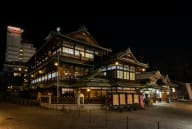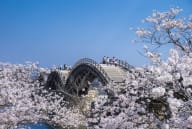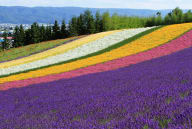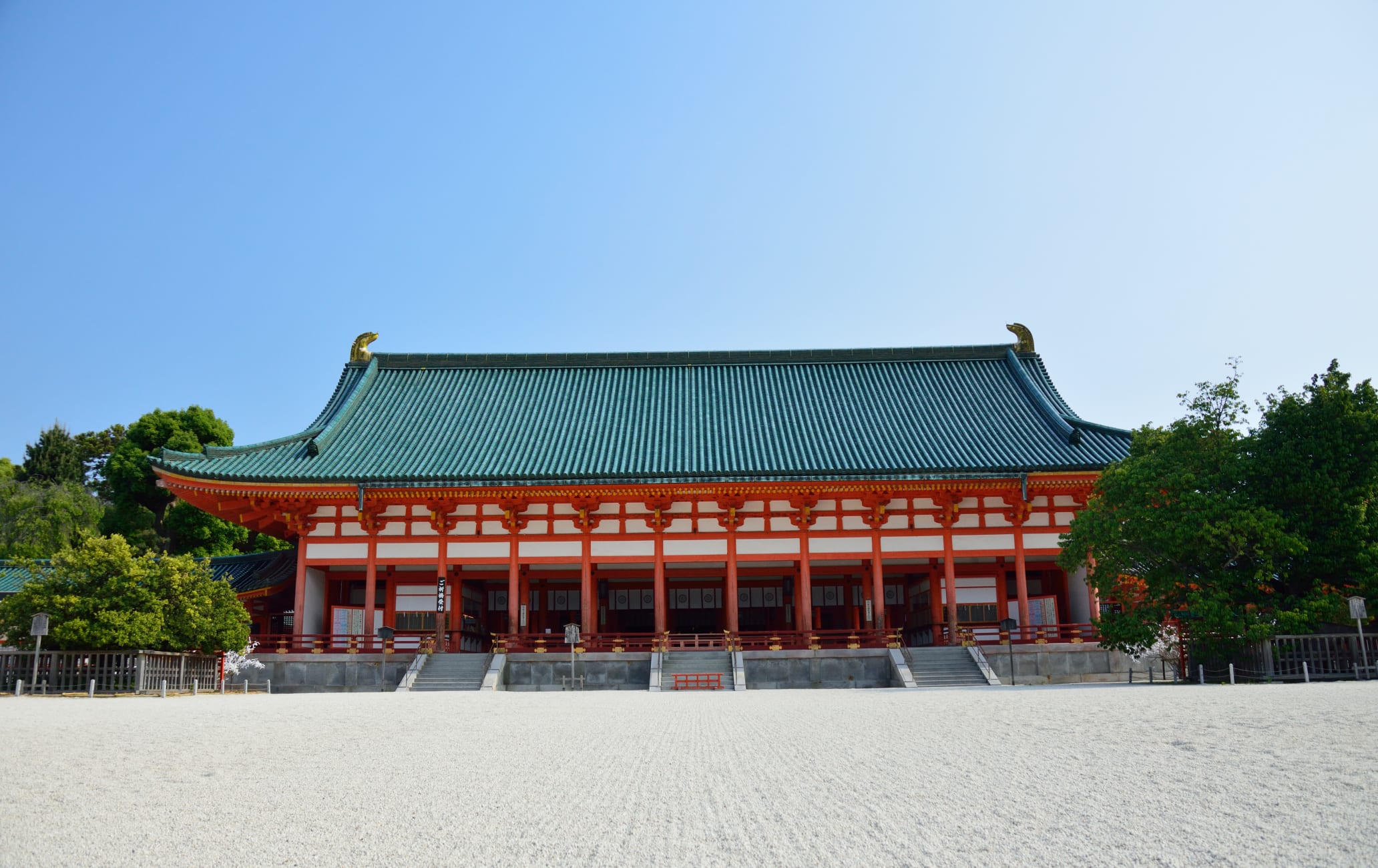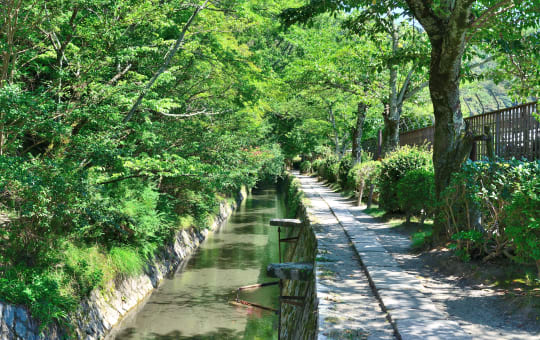Un sanctuaire abritant un imposant portail torii et un pont qui semble flotter
Construit pour commémorer le 1100ème anniversaire du règne de Kyoto en tant que capitale du Japon, le sanctuaire de Heian-jingu se distingue par son imposant portail torii rouge. Avec ses couleurs vives et ses jardins immaculés, le sanctuaire est un symbole de Kyoto et une attraction touristique majeure.
Comment s'y rendre
Depuis la gare de Kyoto , vous pouvez vous rendre au sanctuaire en train puis à pied, ou en bus.
Prenez le métro de la station Karasuma Oike jusqu'à la station Higashiyama, un trajet d'environ 30 minutes, puis marchez pendant 10 minutes. Vous pouvez aussi prendre le bus 5 ou le bus 100 depuis la gare de Kyoto .
Un bâtiment principal ressemblant à l'ancien palais impérial
Datant seulement de 1895, le sanctuaire de Heian-jingu est relativement récent. Il a été construit pour commémorer le 1100ème anniversaire du règne de Kyoto en tant que capitale du Japon, un rôle que la ville a conservé jusqu'en 1868.
L'entrée du sanctuaire est marquée par un portail torii de plus de 24 mètres de haut qui enjambe une route de 18 mètres, ce qui en fait l'un des plus grands portails de ce type au Japon.
La grande cour en gravier du sanctuaire offre une vue imprenable sur le bâtiment principal, qui est une réplique à l'échelle du palais impérial de la période Heian (794-1185). Son camaïeu de rouge et de vert traditionnels crée un contraste de toute beauté.

Le jardin, le lac et le pont
Le jardin du sanctuaire est aménagé autour d'un lac central traversé par un pont pittoresque qui semble flotter sur l'eau. Achetez de quoi nourrir les carpes koï ou les tortues, qui sont toujours présentes et très réactives. L'entrée du jardin est payante, mais d'autres parties du sanctuaire peuvent être visitées gratuitement.

Autres attractions à proximité
La meilleure façon de visiter le sanctuaire est d'arriver par le sud. Vous franchirez ainsi l'imposant portail torii rouge qui vous mènera au bâtiment principal. Ce sentier traverse un parc et longe plusieurs musées intéressants, tels que le musée municipal d'art de Kyoto et le musée national d'art moderne de Kyoto.
À côté du parc se trouvent le zoo de Kyoto et un musée consacré au canal du lac Biwa, qui coule juste à l'extérieur du portail torii.
















